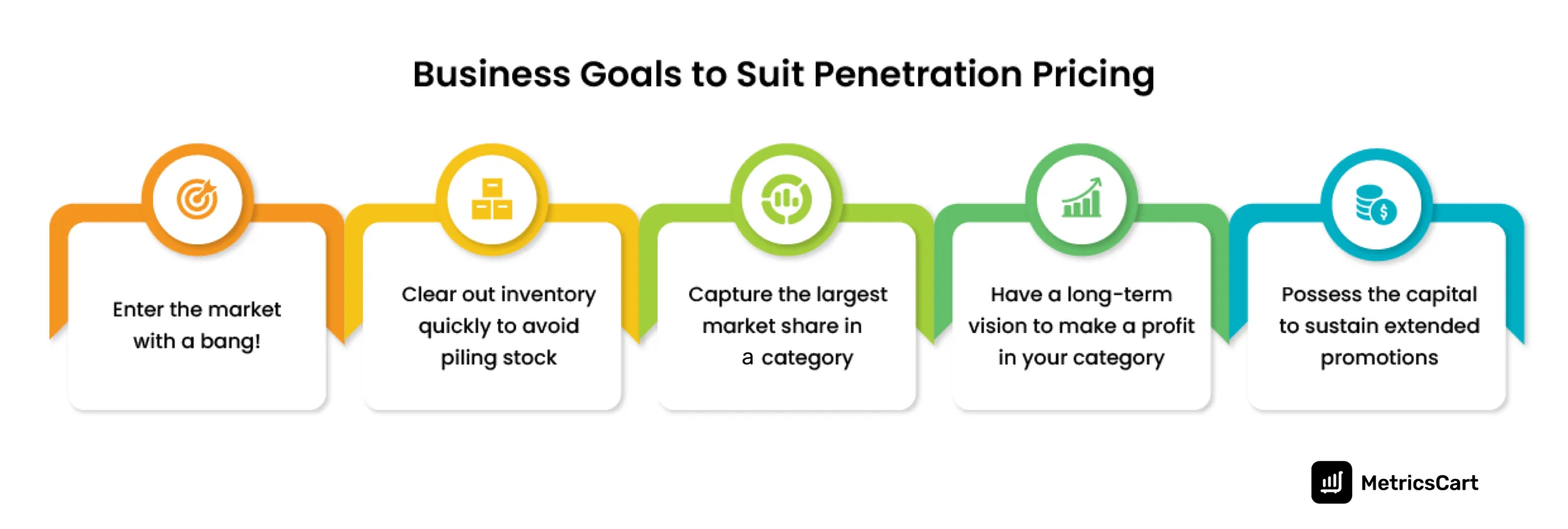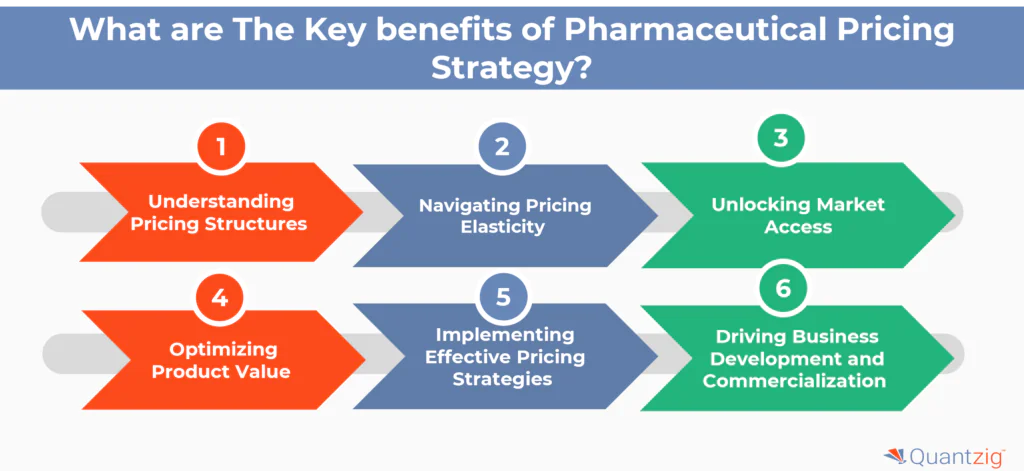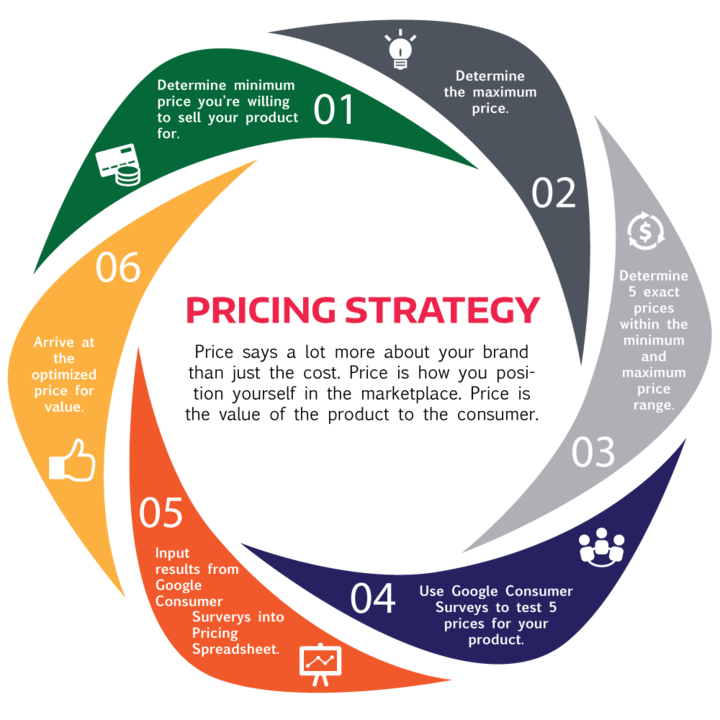Innovative Pricing Strategy Techniques for Today's Digital Economic situation
Innovative Pricing Strategy Techniques for Today's Digital Economic situation
Blog Article

Master Effective Pricing Methods to Take Full Advantage Of Revenue
In the ever-evolving landscape of business, grasping effective rates approaches is necessary for companies aiming to make the most of profit. A nuanced understanding of pricing psychology can significantly affect client actions and purchasing decisions.
Recognizing Pricing Psychology
Comprehending rates psychology is crucial for organizations aiming to enhance their rates approaches. This area analyzes how consumers perceive prices and just how these assumptions affect their buying decisions. Secret principles in prices psychology consist of the anchoring result, where the initial price presented works as a referral factor for consumers, and the principle of rate sensitivity, which varies among various client sectors.
In addition, companies can utilize the concept of viewed worth, where the regarded benefits of a product and services can warrant a higher cost point. Costs pricing can produce a mood of exclusivity, attracting customers that connect higher rates with superior high quality. On the various other hand, psychological rates, such as establishing a cost at $9.99 as opposed to $10, can significantly influence customer actions by making costs show up more attractive.
Moreover, scarcity and necessity can boost the perceived worth of products, prompting quicker acquiring choices. Comprehending these mental triggers enables organizations to create rates techniques that not just drive sales however also foster consumer loyalty. Hence, mastering rates psychology is essential for reliable rates technique formulation, causing boosted productivity and market positioning.
Applying Value-Based Prices

First, conduct detailed marketing research to determine the worth motorists for your target audience. This can include functions, quality, brand name track record, and customer care. Next, segment your clients based upon their willingness to pay and the value they regard. By doing so, you can customize offerings and pricing strategies to straighten with different sectors.
Constantly check market conditions and client comments to refine your rates method over time. By executing value-based pricing, businesses can improve earnings while promoting long-term client commitment.
Exploring Dynamic Pricing Designs
In today's quickly transforming market landscape, dynamic rates models have actually become a powerful strategy for companies seeking to optimize earnings and react to changes sought after. These designs allow companies to adjust their rates in real-time based on various aspects such as consumer habits, market fads, and inventory levels. By leveraging information analytics and formulas, organizations can determine optimum rates factors that optimize sales while staying affordable.
Dynamic pricing can take different kinds, over at this website including time-based prices, where prices change based on time of day or season, and demand-based rates, which adjusts costs according to current consumer demand. This versatility not only improves profitability however also boosts consumer complete satisfaction by offering prices that show real-time market conditions.
Executing vibrant rates calls for a durable technical infrastructure and a deep understanding of client segments. Clear communication concerning rates modifications can aid mitigate client frustration and foster depend on, inevitably leading to continual productivity in an affordable marketplace.
Studying Competitor Rates
Keeping an eye on competitor prices is vital for companies intending to preserve an one-upmanship in their respective markets. By examining rivals' pricing techniques, business can recognize market fads, recognize customer preferences, and adjust their rates as necessary. This analysis involves celebration data on competitors' prices, promotional approaches, and product offerings to notify rates choices.
To successfully examine rival pricing, companies need to make use of various devices and methods, such as price tracking software application, marketing research records, and customer comments. This information can reveal how competitors position their services and products, enabling companies to separate their offerings or take on comparable techniques to stay pertinent.
Additionally, it is important to classify rivals into indirect and direct competitors. Straight competitors offer comparable service or products, while indirect rivals might satisfy the very same consumer demand with different remedies. Understanding the subtleties in between these groups will make it possible for services to tailor their rates techniques better.
Eventually, recurring competitor pricing evaluation is important for making educated rates decisions. It permits companies to remain dexterous in response to market he has a good point changes, guaranteeing they can take opportunities and mitigate dangers related to pricing strategies.
Assessing Prices Performance
Understanding how rival pricing affects market characteristics causes a natural focus on examining pricing performance within one's very own service. This analysis is important for recognizing areas of toughness and possibilities for enhancement, inevitably enhancing productivity.

Furthermore, conducting normal pricing audits can disclose discrepancies in between anticipated and real performance. This entails contrasting prices information throughout different segments and networks to understand variances and identify trends. Integrating consumer responses can give insights into perceived worth versus actual pricing, ensuring alignment with market expectations.
Last but not least, leveraging information analytics tools can help with deeper insights into prices efficiency, allowing companies to make data-driven adjustments (Pricing Strategy). By constantly examining prices efficiency, organizations can adapt to market modifications and enhance their approaches, ensuring sustained productivity in an affordable landscape
Conclusion
Efficient prices techniques are vital for making best use of earnings in an affordable market. By leveraging prices psychology, businesses can improve regarded value and dressmaker prices to varied customer sectors. The fostering of value-based and dynamic pricing versions helps with real-time changes based upon need and client readiness to pay. Additionally, continual evaluation of rival rates and efficiency metrics ensures critical dexterity. Eventually, a detailed technique to pricing not only drives earnings yet also promotes consumer fulfillment and loyalty.
Recognizing prices psychology is important visit this website for companies aiming to optimize their rates techniques. Comprehending these mental triggers makes it possible for companies to develop rates strategies that not only drive sales however additionally foster consumer loyalty. Thus, understanding rates psychology is necessary for reliable pricing approach formulation, leading to improved earnings and market positioning.
By analyzing competitors' pricing methods, business can identify market fads, understand customer choices, and readjust their rates appropriately. By leveraging pricing psychology, companies can enhance perceived worth and tailor prices to varied client sections.
Report this page